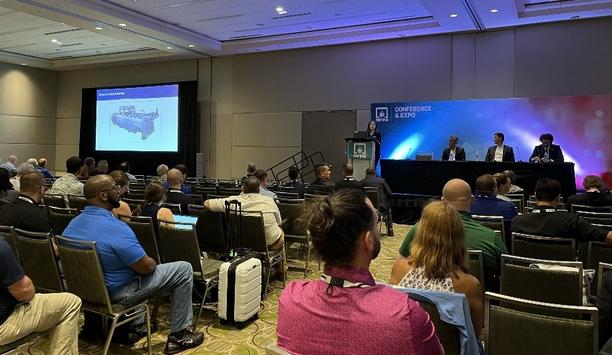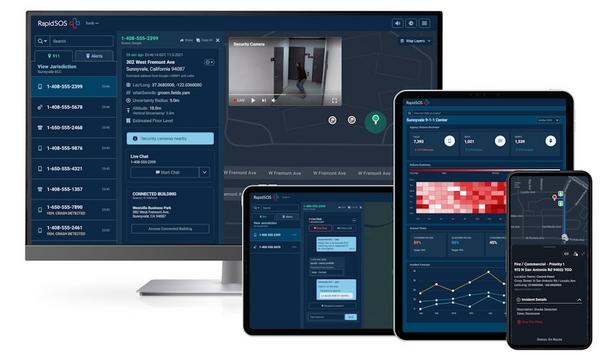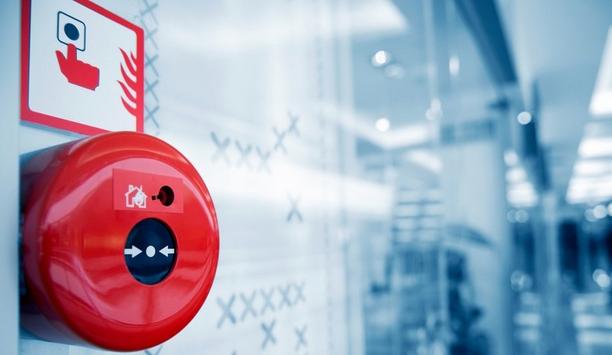Many restaurants around the world are suffering from loss of income due to the COVID-19 pandemic. The situation has made fire prevention a lower priority. Fire authorities should work with restaurant owners and associations to address this issue and offer guidelines and training to increase awareness in the community.
Restaurant fires account for about 6% of all non-residential building fires reported to fire departments each year, according to the National Fire Incident Reporting System (NFIRS). These fires resulted in an average of less than one fatality per 1,000 fires, 11 injuries per 1,000 fires, and US$ 23,000 in loss per fire.
Cooking, major cause of restaurant fires
As one might expect, cooking is by far the leading cause of restaurant fires, accounting for 64% of restaurant fires, according to NFIRS. Heating and electrical malfunction each accounted for an additional 7% of incidents.
All other causes, including unintentional, careless actions (4%), appliances (4%), other heat (3%) and several other categories at less than 3%, each accounted for the remaining 23% of restaurant fires, according to the National Fire Incident Reporting System.
According to the National Fire Protection Association (NFPA) and the U.S. Fire Administration (USFA), the top five causes of fires in restaurants are cooking equipment, with 61%, followed by electrical fires, heating equipment, smoking materials and intentional.
Kitchen exhaust systems under high fire risk equipment
At the top of the list of fire risks, related to cooking equipment, is a kitchen’s exhaust systems
At the top of the list of fire risks, related to cooking equipment, is a kitchen’s exhaust systems, which are a common cause of fire, when they are not properly maintained. They build up grease, until a point where the hot smoke and steam that goes through the ventilation ignites that grease and causes fires. Also, grease traps should be properly emptied and cleaned or they will catch fire.
Also, related to cooking, other common causes of restaurant fires are gas leaks or malfunctions due to poor maintenance. Not as common, but also a culprit of fire losses are fires caused by inadequate use of deep fryers or large cooking pans, and faulty cooking equipment such as pressure cookers.
Detectors and automatic suppression systems
Ivan Paredes, Latin American Head of Product Marketing for Fire Detection at Bosch Security and Safety Systems, lists the following technologies used to prevent and/or minimize restaurant fires:
- Automatic suppression systems built into stoves and oven hoods. Foam that reacts with the grease and CO2 extinguishing are the most common.
- Heat and smoke detectors located near the cooking area. UL 268 7th edition-approved smoke detectors can be installed inside kitchens and should not give unwanted alarms.
- Flammable gas leak detectors and automatic fail-safe valves to avoid gas leaks.
Importance of regular maintenance of systems
“The main challenge in fire prevention in restaurants is awareness and local regulation compliance,” said Ivan Paredes, adding “Restaurant owners should schedule regular maintenance of systems, proper cleaning of areas where grease and oil build up or are stored, and guarantee proper ventilation of the kitchen at all times.”
He adds, “Restaurant staff also should be properly trained in fire prevention as well as the use of fire extinguishers and the systems installed (automatic suppression, gas leak detection, etc.) and regular housekeeping helps avoid flammable materials igniting near fire sources such as stoves and ovens.”








































